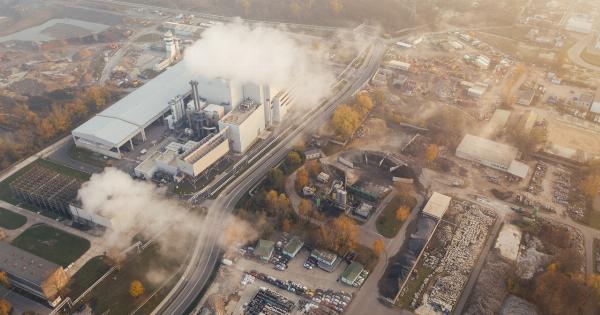In recent times, an alarming increase in cases of the flu has been observed across the globe. This spike in flu cases is not only a cause for public health concerns but also threatens to have severe economic implications.
The potential for a flu epidemic to result in an economic downturn cannot be underestimated.
Healthcare Costs on the Rise
.The flu epidemic puts a significant burden on healthcare systems worldwide. Hospitals, clinics, and health centers face an overwhelming influx of patients seeking treatment for flu symptoms.
This surge in demand for healthcare services places immense strain on both public and private healthcare providers, resulting in a considerable increase in healthcare costs.
Reduced Workforce Productivity
.During a flu epidemic, a large number of individuals fall sick and are unable to perform their regular work duties. This loss in productivity has a detrimental effect on businesses of all sizes, leading to increased absenteeism and decreased output.
Companies may also have to invest additional resources in training temporary staff to fill in for absent employees, further adding to business costs.
Supply Chain Disruptions
.The flu epidemic can disrupt global supply chains, affecting the availability and delivery of goods and services across industries. Manufacturing plants and distribution centers may face staffing shortages, leading to delays in production and shipping.
This disruption can have far-reaching consequences, impacting multiple sectors including retail, hospitality, and logistics.
Reduced Consumer Spending
.During a flu epidemic, consumer confidence tends to decline as people become more cautious about their finances. Fear of falling sick, coupled with economic uncertainty, often leads to a decrease in consumer spending.
Retailers, restaurants, and entertainment businesses experience a considerable impact as individuals minimize non-essential purchases and prioritize health-related expenses.
Tourism and Travel Suffer
.The flu epidemic’s impact on the tourism and travel industry is significant. Travelers become apprehensive about visiting destinations with high flu infection rates, leading to cancellations and a decline in tourism revenue.
Airlines, hotels, and tourist attractions experience a decrease in bookings and ultimately suffer financial losses.
Government Expenditure
.The government must mobilize substantial resources during a flu epidemic to provide healthcare services, support vaccination campaigns, and implement preventive measures.
This increased expenditure, combined with decreased tax revenue due to reduced economic activity, puts strain on public finances. Governments may be compelled to divert funds from other sectors, such as infrastructure development or education, to address the immediate needs of the healthcare system.
Stock Market Volatility
.The flu epidemic’s potential to cause an economic downturn is evident in the volatility of stock markets. Investors become wary of the impact on various sectors, leading to fluctuations in stock prices.
Companies heavily reliant on consumer spending, such as retail and hospitality, often experience a decline in stock value during flu outbreaks. This instability can have a ripple effect, affecting investment portfolios and overall market stability.
Government Response and Preparedness
.The severity of the economic impact caused by a flu epidemic can be mitigated through proactive government measures.
Governments must prioritize healthcare infrastructure, including the allocation of sufficient funds towards healthcare systems, research, and development of vaccines, and public awareness campaigns. Enhanced preparedness reduces the economic burden on the healthcare sector and helps minimize the effects of the epidemic on the overall economy.
Business Continuity Planning
.Businesses also play a crucial role in mitigating the economic consequences of a flu epidemic. Implementing robust business continuity plans allows companies to maintain operations during times of crisis.
Encouraging employees to practice good hygiene, offering remote work options, and cross-training staff can help minimize the impact of absenteeism and ensure continued productivity.
Social Responsibility and Public Awareness
.Individuals have a social responsibility to minimize the risk of a flu epidemic and its associated economic downfall.
Practicing good hygiene, getting vaccinated, and staying home when sick are simple yet effective measures to contain the spread of the flu. Public awareness campaigns can help disseminate information about preventive measures, enabling individuals to make informed decisions regarding their health and overall well-being.





























